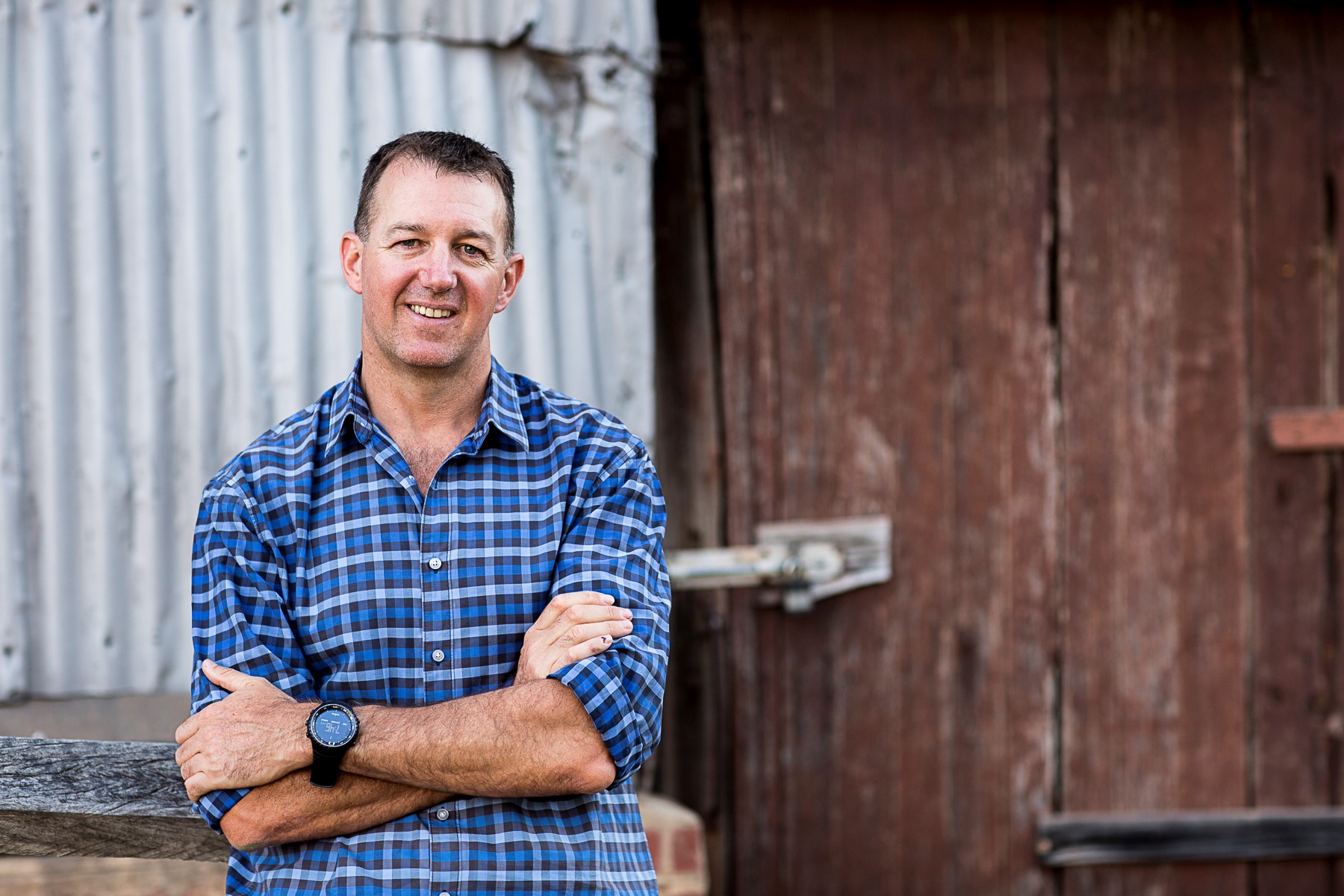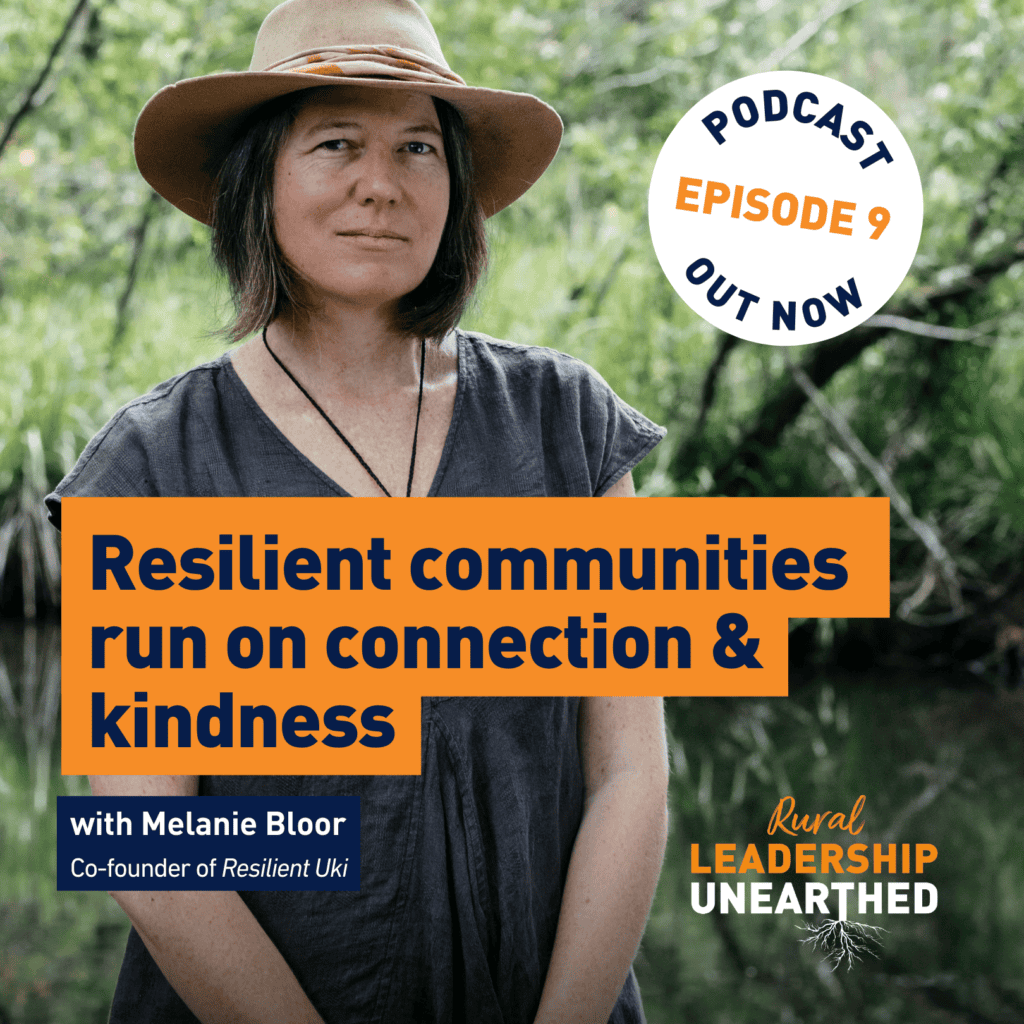Resilience in all its shapes and forms has been Paul Ryan’s passion for nearly three decades.
As Director of the Australian Resilience Centre, he has a unique perspective based on the science and practice of resilience.
This has allowed him to look at the drought resilience in Australia from a systemic perspective, encompassing more than just the farm gate.
That said, his on-farm experiences have been just as important in guiding his understanding. Such as having a cup of tea with one farmer and discussing why they’d made changes to their operation.
“I remember driving out to his place and the address was really vague – but I had been told I would know it when I saw it.
“And sure enough I was driving through a moonscape, there wasn’t a blade of grass anywhere, and then all of a sudden I got to a green lush paddock – something very different was happening on this property .”
The farmer had made a change from high input production to more holistic management, and that story has been pivotal to Paul’s thinking.
“He had a photo of his property and cruiser ute feeding sheep, with dust swirling and few old ewe staggering, and it looked like hell on earth,” Paul said.
“And the thing that had transformed him was going through a holistic management course – that was an ‘ah ha’ moment for me that we could have a different relationship with drought.”
Looking back at the impacts of drought of the past, and understanding the future pattern of droughts, will help how we farm and live in rural communities in the future.
Those are the first two steps in building drought resilience, according to Paul.
“There have always been droughts, but the facts are really clear that droughts will be more frequent, more severe and more intense, so we have to acknowledge that change in reality,” he said
Using this reality to plan the structure and running of businesses, including where they are located, will be another aspect of building resilience, Paul added.
“A simple but important thing to understand is your farm doesn’t move – but the climate is going to shift over your farm.”
“The climate you have in 20 years’ time will be different because rainfall zones are moving, the actual way the climate is shifting, so if your property is sitting on one side of a climate zone, in the future it may be sitting on the other side.”
And after understanding comes leadership.
Paul believes this leadership can come from anywhere and doesn’t necessarily have to be the person at the head of the table.
“It is not just the CEO or the mayor, it can happen in a conversation down the street, it can happen at a community meeting,” Paul said.
“Increasing drought resilience requires us to make a lot of change, at a farm, community and government level, and whenever change is required leadership is required.”
To Paul, good leaders take action on behalf of others by being aware of what is happening in the community and identifying opportunities.
He is the Drought Resilience Leaders Program Regional Lead and Resilience Expert and joined the program because of its capacity to create leaders.
“Rather than working with one individual or group at a time, we are talking about 100s and 100s of leaders across the country that are going to go through this program…the network that will be created through this will allow leaders to connect and start to influence the national debate,” he said.
“You can’t have a resilient system without leadership.”








